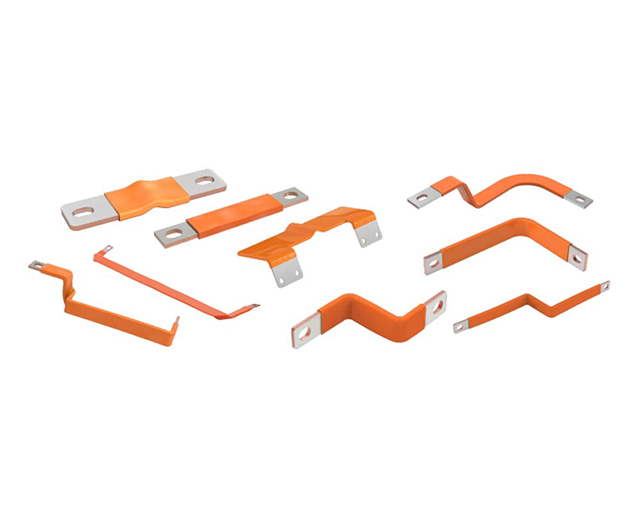2025-10-16 09:55:01
In modern electrical power systems, Busbar protection plays a critical role in ensuring the safety and reliability of electrical distribution networks. A busbar is a metallic strip or bar that conducts electricity within a switchboard, distribution board, substation, or other electrical apparatus. Because Busbars serve as a central node connecting multiple circuits and equipment, any fault occurring on the busbar can lead to significant equipment damage, power outages, or safety hazards.
Busbar protection refers to a set of protective measures and devices designed to detect faults, overcurrents, or short circuits on the busbar and isolate the affected section quickly to prevent further damage. Understanding What Is Busbar protection and how it works is essential for engineers, electrical contractors, and industrial operators.

The primary function of busbar protection is to detect abnormal conditions and quickly isolate the fault. The operation involves several key steps:
Current transformers (CTs) are installed at all incoming and outgoing feeders connected to the busbar. These CTs continuously monitor the current flowing into and out of the busbar.
The differential protection principle is commonly used. It works by comparing the sum of currents entering the busbar with the sum of currents leaving it.
Normal Condition: Sum of incoming currents = Sum of outgoing currents
Fault Condition: Any discrepancy indicates an internal fault on the busbar
When a fault is detected, the protection relay sends a trip signal to the circuit breakers connected to the busbar. This isolates the faulty section almost instantaneously, preventing damage to the busbar and connected equipment.
Most widely used in high-voltage substations and industrial plants
Detects internal faults by measuring the difference between incoming and outgoing currents
Fast-acting, typically within milliseconds
Uses impedance measurement to detect faults in longer or more complex busbars
Often combined with other protection schemes for redundancy
The busbar is divided into multiple segments
Each segment has independent protection, allowing selective isolation of faults without affecting the entire busbar
Employs microprocessor-based relays
Integrates communication, monitoring, and fault recording
Provides more precise fault detection and system diagnostics
Rapid Fault Response
Protects equipment from severe damage by isolating faults within milliseconds
Enhanced System Reliability
Prevents system-wide outages by limiting the impact to the faulty section
Equipment Protection
Protects transformers, switchgear, and connected circuits from overcurrent and short-circuit damage
Selective Isolation
Segmental or digital protection allows isolation of only the faulty section, maintaining continuity for healthy circuits
Adaptability
Works effectively in multi-source power systems, industrial plants, data centers, and renewable energy installations
Busbar protection is widely applied across various industries and electrical systems:
High-Voltage Substations
Protects main busbars and ensures safe operation of incoming and outgoing feeders
Industrial Plants and Factories
Maintains continuity of power in manufacturing and processing facilities
Electric Vehicles (EV) and Battery Systems
Ensures safe and reliable operation of Battery Busbars and distribution modules
Renewable Energy Systems
Solar and wind farms utilize busbar protection to secure power generation and distribution
Data Centers and Critical Infrastructure
Prevents downtime and protects sensitive electrical equipment
Regular inspection and testing of CTs and protective relays
Ensuring proper calibration of differential protection settings
Maintaining clear labeling and documentation of busbar segments
Considering insulation and environmental conditions to prevent false trips